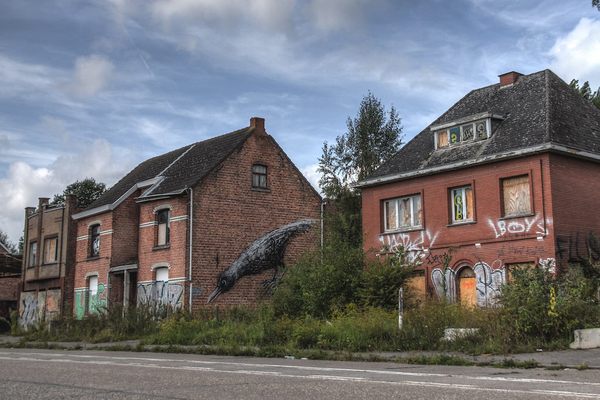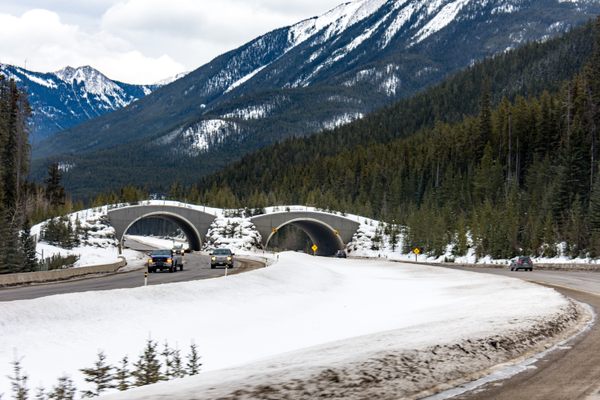Holloways: Roads Tunneled Into the Earth by Time
Appearing like trenches dragged into the earth, sunken lanes, also called hollow-ways or holloways, are centuries-old thoroughfares worn down by the traffic of time. They’re one of the few examples of human-made infrastructure still serving its original purpose, although many who walk through holloways don’t realize they’re retracing ancient steps
The name “holloway” is derived from “hola weg,” meaning sunken road in Old English. You’re most likely to discover a holloway where the ground and the stone below are soft, such as places rich in sandstone or chalk. No one ever engineered a holloway — erosion by human feet, and horses or cattle driven alongside, combined with water then flowing through the embankments like a gully, molded the land into a tunneled road. It’s hard to date them, but most are thought to go back to Roman times and the Iron Age, although in the Middle East some are believed to stretch back to ancient Mesopotamia. They even have their own ecology, such as the spreading bellflowers that enjoy the disturbed earth.
Last year Robert Macfarlane published a book called Holloway that mused on the landforms alongside gorgeous woodcuts by Stanley Donwood. Macfarlane described the sunken lanes as “rifts within which time might exist as pure surface, prone to recapitulation and rhyme, weird morphologies, uncanny doublings.” Back in 2008, he described the geology of the holloways in an Orion magazine article:
The oldest holloways date back to the early Iron Age. None is younger than three hundred years old. Over the course of centuries, the passage of cart wheels, hooves, and feet wore away at the floor of these roads, grooving ruts into the exposed stone.
Some holloways have garnered modern infamy due to their use as shelters in war, such as one in La Meauffe, Normandy, that earned the nickname “Death Valley Road” in a clash between American and German soldiers, or another now called “Bloody Lane” after the hundreds who died there in Maryland’s Battle of Antietam in the American Civil War. However, most are quietly still offering passage through forests and the overgrowth, just as they have for centuries.
Erbrée, Brittany, France (photograph by Olybrius/Wikimedia)
Sunken lane in La Meauffe, France, site of a 1944 World War II battle (photograph by Romain Bréget/Wikimedia)
Brittany, France (photograph by Jean-François Gornet/Flickr)
Little Covert, Bradford Abbas, England, where a holloway was worn in the soft rock over centuries (photograph by Nigel Mykura/geograph.org.uk)
Parc des Oblates, Nantes, France (photograph by Jibi44/Wikimedia)
Dark Lane, Southowram, England (photograph by Tim Green/Flickr)
Dark Lane, Southowram, England (photograph by Tim Green/Flickr)
Wrinkleberry Lane, North Devon, England (photograph by Andrew/Flickr)










Follow us on Twitter to get the latest on the world's hidden wonders.
Like us on Facebook to get the latest on the world's hidden wonders.
Follow us on Twitter Like us on Facebook